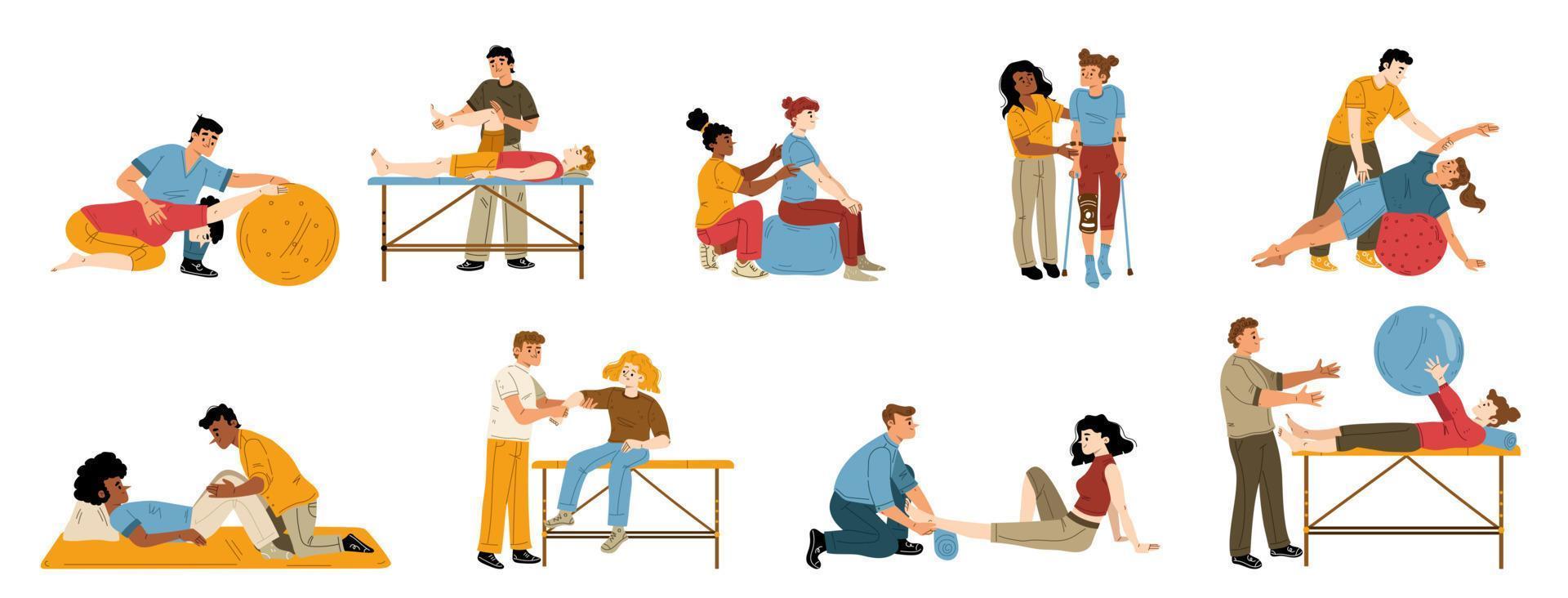
Persistent pain impacts millions of individuals worldwide and can significantly reduce the standard of life. It can result from various conditions, such as joint inflammation, fibromyalgia, or previous traumas. While medications and therapies are frequently employed to control pain, a expanding body of research shows that exercise can serve a vital role in alleviating chronic pain. Participating in regular physical activity can not only help lower pain intensity but also enhance overall well-being and capability. Understanding how exercise impacts the physical state can enable individuals to take control of their pain relief.
Physical activity has several bodily benefits that can help reduce chronic pain. When people engage in exercise activities, their systems produce endorphins, which are innate pain-killers. Additionally, exercise can improve blood circulation and fortify muscles, providing superior support for joints. For those with issues like arthritis, low-impact workouts such as aquatic exercises or cycling can assist maintain joint flexibility without putting excessive stress on the system. Consistent exercise also assists in preserving a fit weight, which can lessen the pressure on load-bearing joints and further alleviate pain.
In addition to its physical benefits, exercise has a favorable impact on mental health. Chronic pain can often lead to feelings of anxiety and depression, which can exacerbate the experience of pain. Participating in consistent physical website link exercise can assist fight these feelings by enhancing self-esteem and improving mood. Collective exercises, such as yoga or core strengthening, also provide communal interaction, which can improve emotional support. This combination of bodily and emotional health benefits makes exercise an essential component of a holistic pain management strategy.
It is important to tackle exercise with caution, especially for those dealing with chronic pain. Starting slowly is crucial to prevent worsening symptoms. Individuals should consider consulting healthcare professionals to develop a tailored exercise program that takes into consideration their specific issues and limitations. Exercises such as flexibility training, walking, or light yoga can be great initial points. Gradually increasing the intensity and duration of sessions can assist build strength and endurance without inducing undue strain on the system.
In conclusion, harnessing the power of exercise can substantially reduce chronic pain and improve quality of life. Regular physical activity not only assists to reduce pain through the release of endorphins and improved muscle strength but also supports mental well-being. By incorporating exercise into daily routines, individuals can enable themselves in controlling their pain. A thoughtful and knowledgeable method to exercise, directed by healthcare professionals, can lead to lasting benefits in health and overall standard of life.